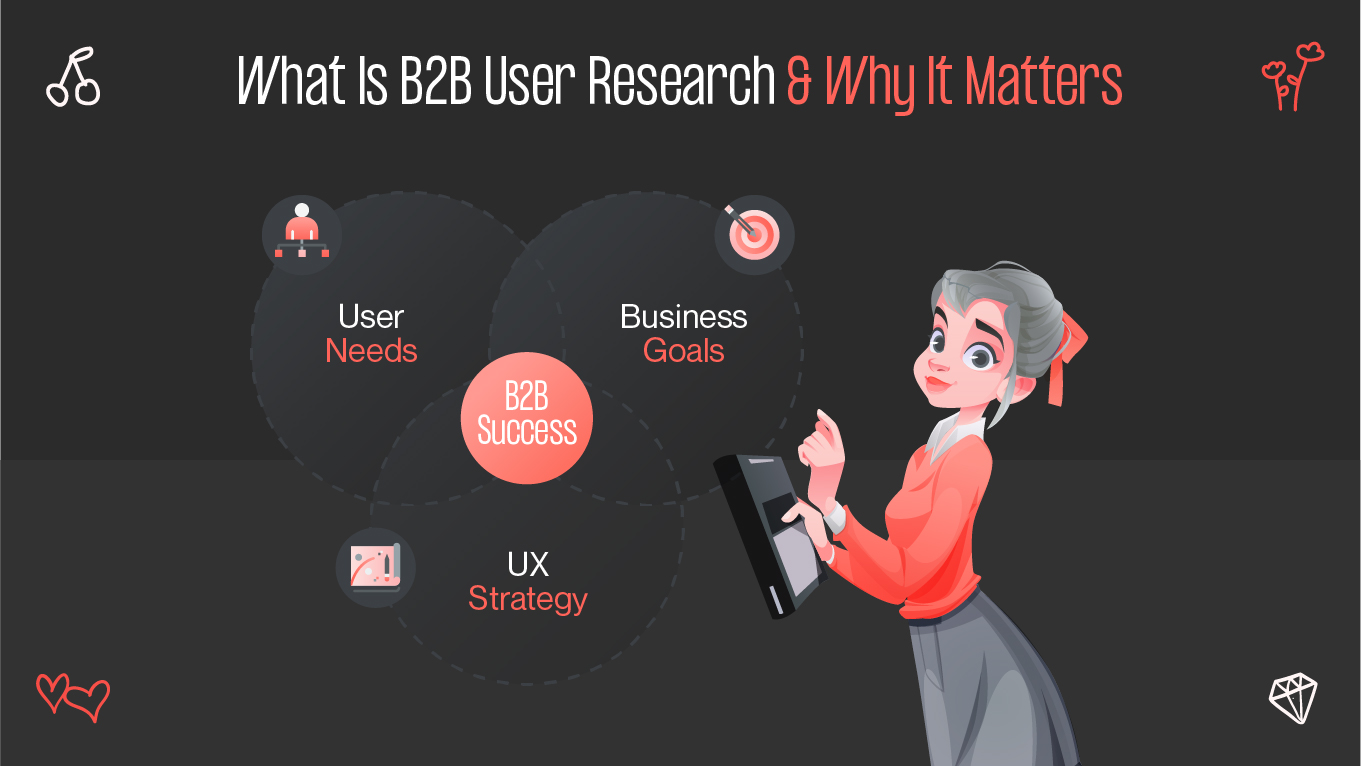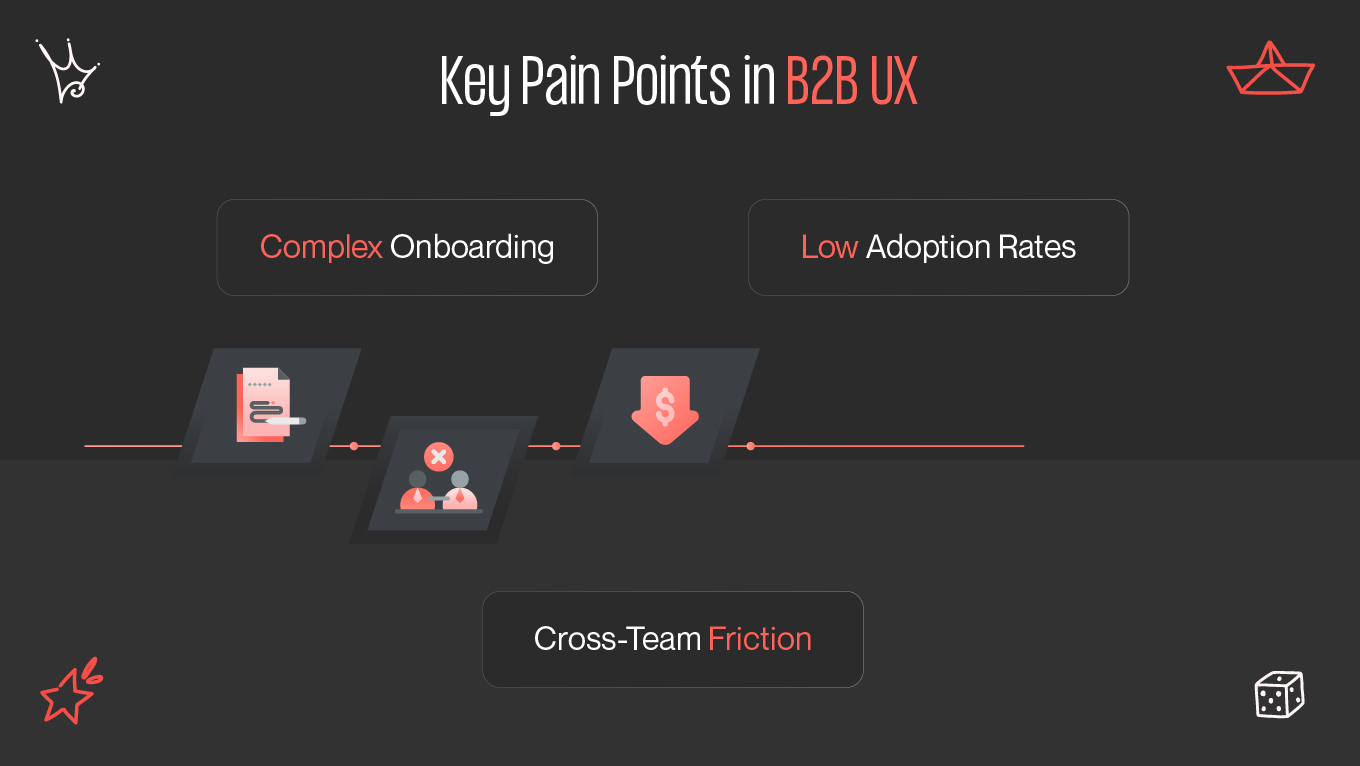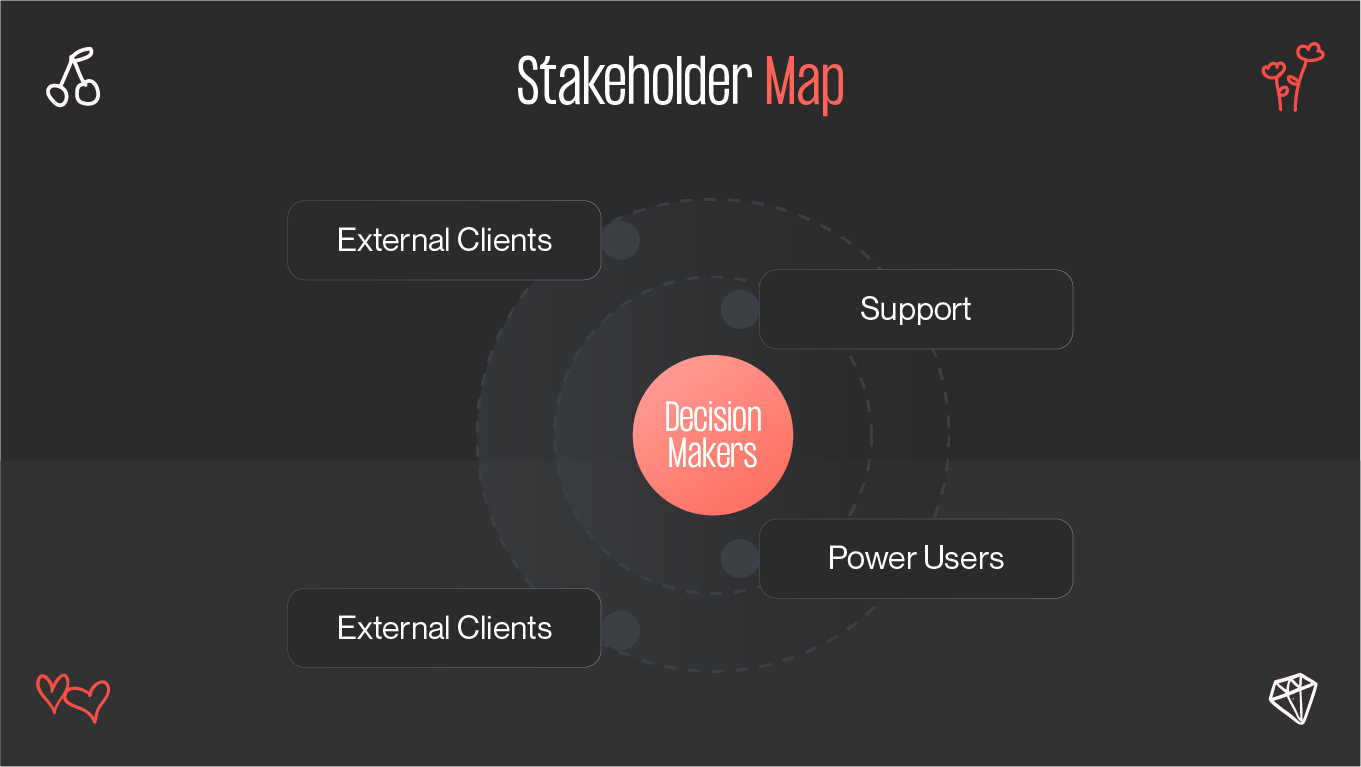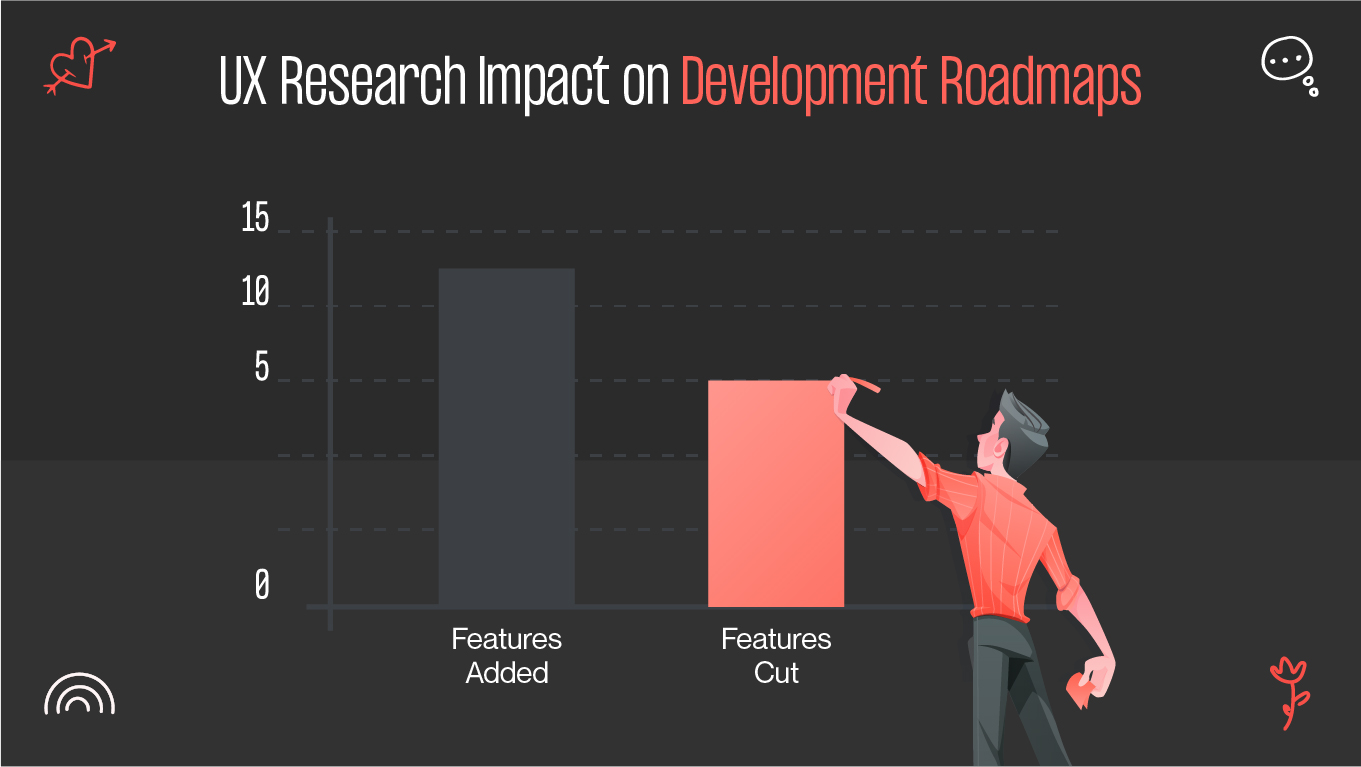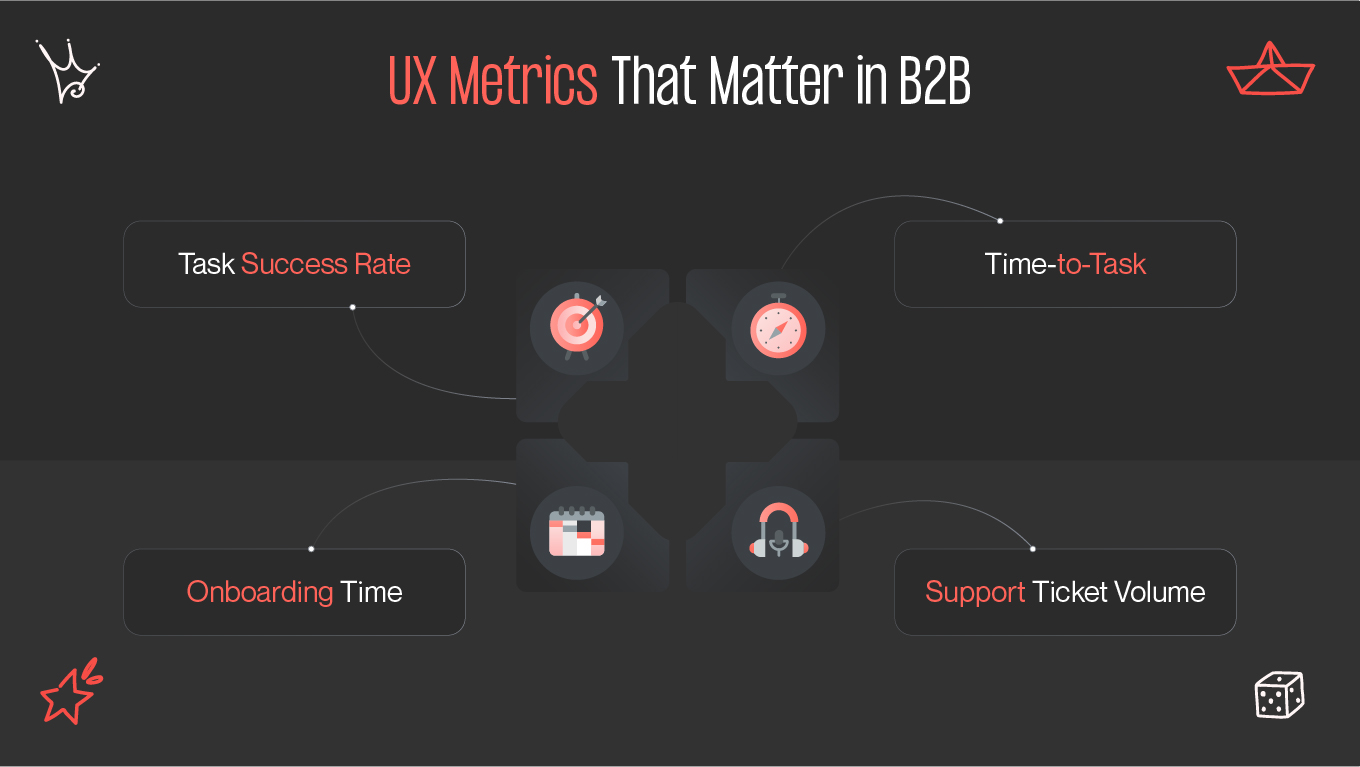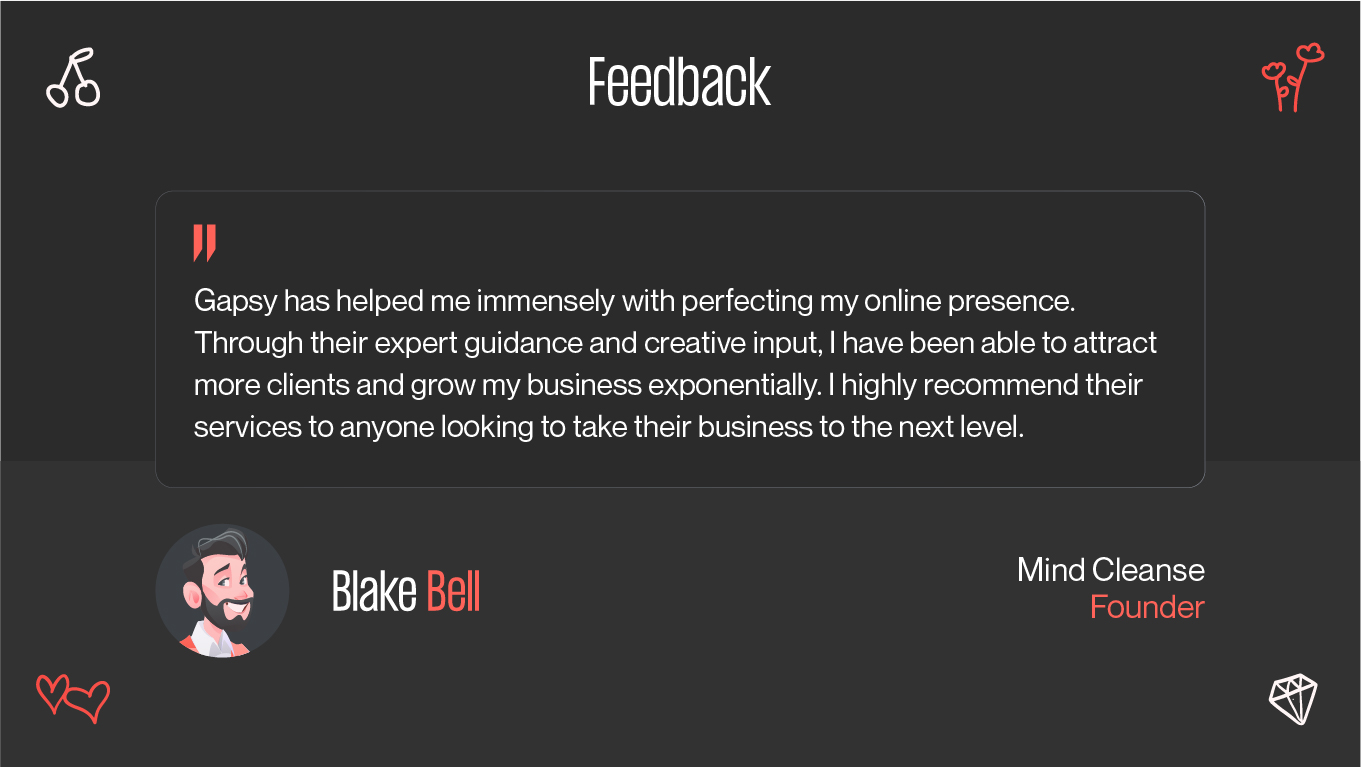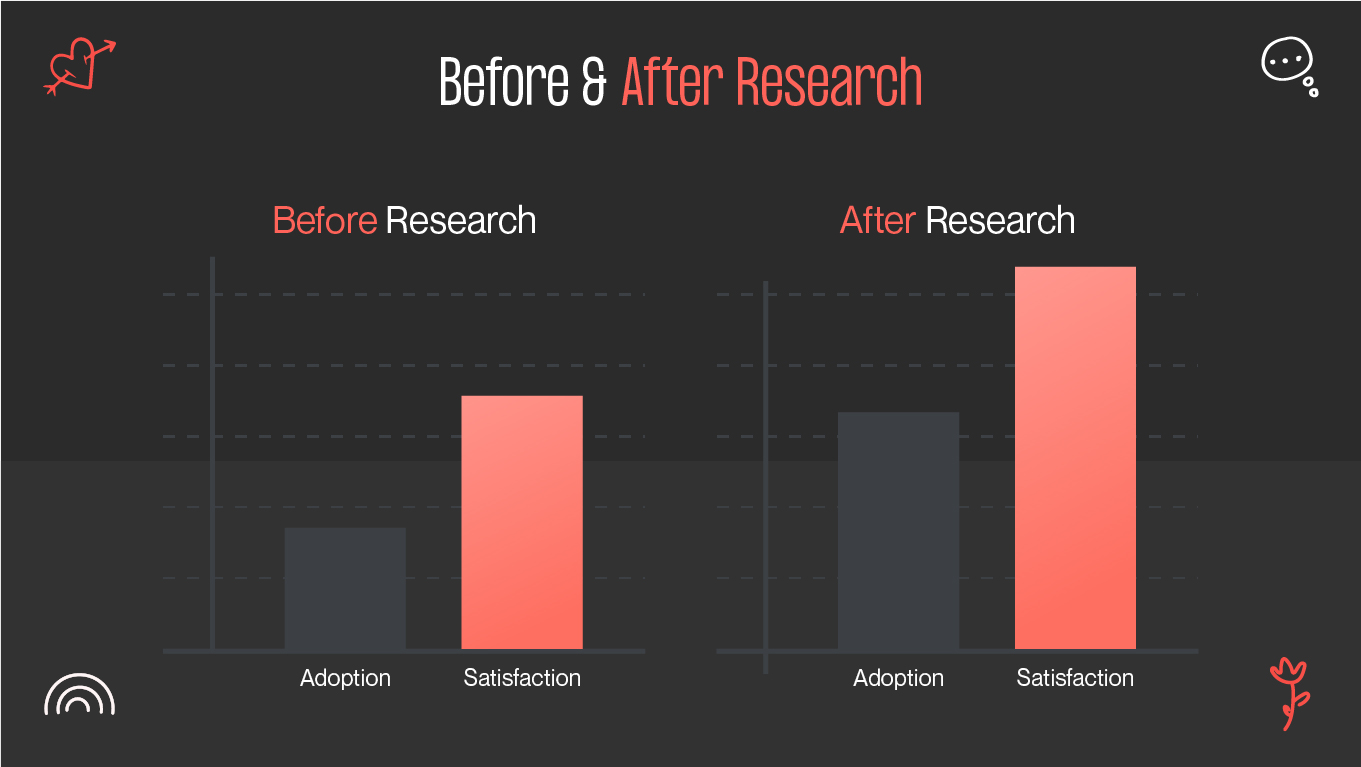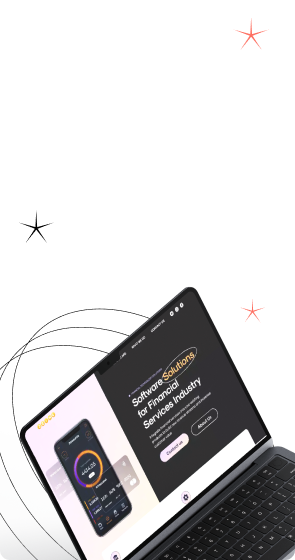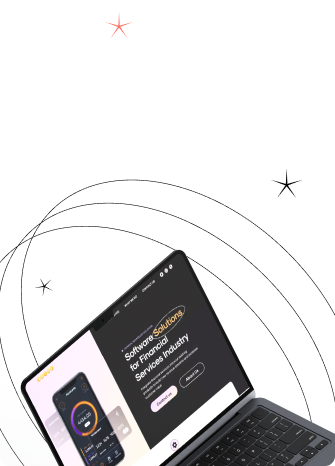In a world increasingly driven by data and user expectations, design alone isn't enough. Businesses today need B2B user research to ensure their digital products not only work well—but work strategically. Research in the B2B space is less about flashy visuals and more about aligning user experience with organizational goals, complex workflows, and multi-layered decision-making processes.
Understanding how businesses operate, how teams collaborate, and how digital tools fit into enterprise ecosystems can mean the difference between a successful product and one that fails to launch.
